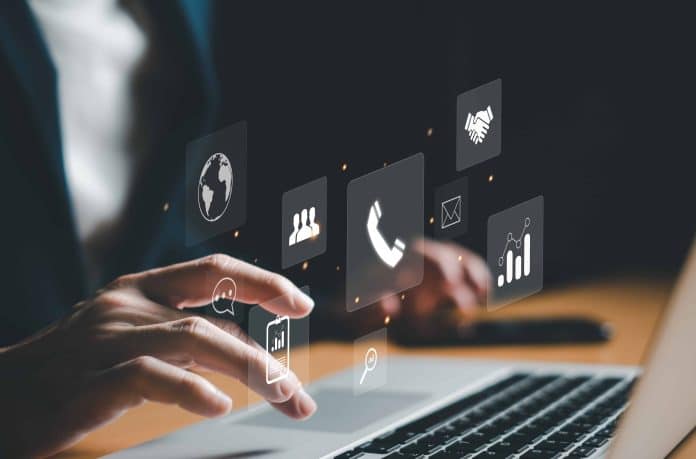
Are you struggling with high costs for your phone, internet, or wireless services? The Federal Communications Commission (FCC) offers several support programs to ease this burden. From support like the Lifeline Program to special initiatives for rural healthcare and education, these FCC programs aim to help. They believe they can help those in need if they make essential communication services more affordable and accessible to everyone.
The FCC Offers Support Programs
What many people may not realize is that there are FCC support programs designed to ease the stress of certain bills. If you’re feeling weighed down by your wireless, wireline, or internet service bills, take comfort in the fact that you’re not alone. That is why programs exist like:
- Lifeline program
- E-Rate
- Rural Health Care Program
- High-Cost Program and Connect America Fund (CAF)
Understanding the Lifeline Program
To be eligible for these benefits, there are a few criteria to consider. You may qualify if your income falls at or below 135% of federal poverty guidelines. You may also be able to qualify if you take part in certain other assistance programs such as Medicaid and SNAP. If you want to apply you simply need some documentation like proof of income or participation in an eligible program. Then you can fill out an application form with the Universal Service Administrative Company (USAC), which administers the Lifeline Program. Lifeline provides discounts on wireless or wireline services as well as internet services – essentially giving you more bang for your buck. The exact amount of your discount and the services it can be applied to will depend on what’s offered by service providers in your area.
E-Rate: Building Community Connections Through Libraries And Schools
Moving beyond personal connections, FCC programs also play a vital role in community services through partnerships with the E-Rate program. The aim is to help libraries and schools offer communication services to their communities, including discounts on telecommunication services and internet access.
Think of it as a way for important places in the community to stay connected in the digital world. E-Rate isn’t just about cost savings. It’s also about opportunities. Schools can use these benefits to tie in learning opportunities into their teachings. This can allow students to engage with digital resources that improve their understanding!
Public libraries are also able to do more than just lend out books. They are turning into technology centers for their local communities. This change lets people in the area use the internet for learning, work, or personal development. This is happening because the library can get high-speed internet at a lower cost, thanks to E-rate discounts.
The Rural Health Care Program
This program is made to help health care workers in certain parts of the US. It gives them the communication tools they need to offer better medical care. By making these important tools easier to get, it helps them give better health services. There are two main parts within the Rural Health Care Program: The Telecommunications Program and the Healthcare Connect Fund.
The Telecommunications Program provides lower prices on different types of phone and internet services for health care providers in rural areas. This makes sure they don’t have to pay more than health care providers in cities for the same kind of service. On the other hand, the Healthcare Connect Fund helps individual health care providers and groups made up of rural and non-rural members. It offers a discount on all costs related to getting connected, like high-speed internet or advanced tech such as remote patient monitoring systems or electronic health records. This is a big help for these providers.
The High-Cost Program and Connect America Fund (CAF)
The FCC has two great programs: The High-Cost Program and the Connect America Fund (CAF). They both aim to make sure everyone can connect to the internet. The High-Cost Program helps people in areas where it’s much more expensive to provide service. It makes sure these communities can get communication services that are just as good and affordable as those in cities. And then there’s the CAF, working alongside the High-Cost Program. CAF focuses on creating affordable voice and broadband services. It provides funding support through competitive bidding processes within defined service territories across states.
Conclusion
In summary, the FCC’s programs are a big help for people who find it hard to pay for phone and internet services. Programs like the Lifeline Program and others make sure everyone can afford to stay connected. They help with costs for families, schools, and health care providers, especially in rural areas. Thanks to these programs, more people can use the internet and phone services without worrying about high costs. It’s easy to benefit from some of these opportunities. In fact, if you are a recipient of other support, you may automatically benefit from options on this list like Lifeline. That’s why it’s important to stay in the loop because your household may be due to get some benefits!


















